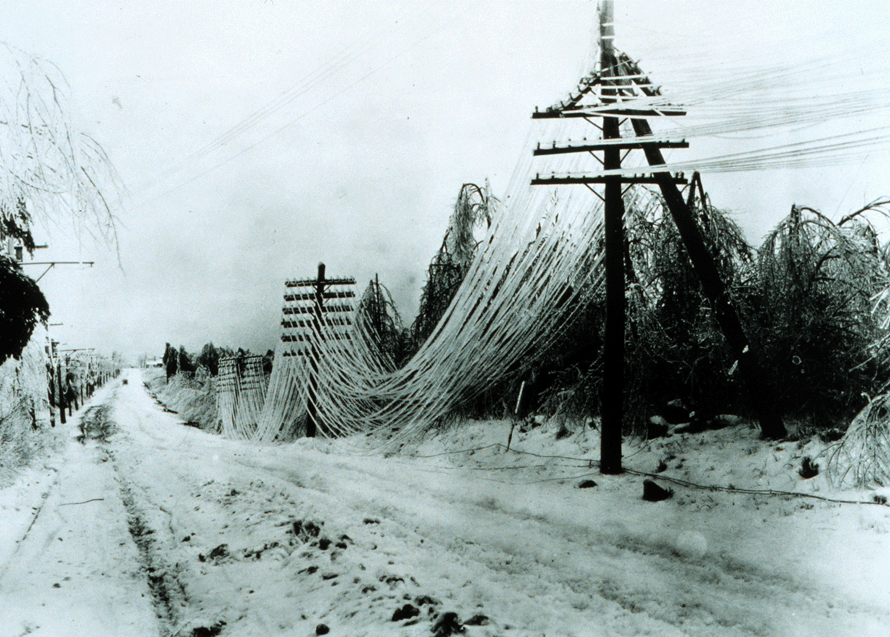It’s only a matter of time: Iran’s next target is the American power grid
07/08/2016 / By D. Samuelson

Dual warheads. Command codes. Silent sabotage. False sensor signals. Blue tooth rifles. Military precision. Targeted cyber industrial warfare. Not mere malware, the Stuxnet worm is a cyber weapon beyond compare. According to the Institute of Electrical and Electronics Engineers (IEEE), Stuxnet was “a 500-kilobyte computer worm that infected the software of at least 14 industrial sites in Iran, including a uranium-enrichment plant” [in 2010.] Not only was Stuxnet home grown, it can now grow on its own.
Our vulnerability is chilling. And we helped create it.
Power plants, including nuclear. Banks. Hospitals. Manufacturing. Military. Schools. Communications. Water Systems. Energy grids. Gasoline pumps. Smart Phones. Your morning coffee. When, not if, a cyber industrial attack hits America, there will be no business as usual Even with its hyper intense level of sophistication, Stutnex may now be imitated and worse yet, copied. The Huffington Post proclaimed “you should be terrified,” after watching Zero Days, a new film by acclaimed director Alex Gibney who tells the story of this lethal cyber weapon.
Did George Bush unleash this weapon of mass destruction?
Stopping Iran from gaining a nuclear weapon – despite a 2007 National Intelligence Estimate (NIE) reporting that Iran halted its nuclear weapon plans in 2003 – had long been a goal of President George W. Bush. In 2008, the New York Times reported that Bush nixed Israel’s desire to bunker buster bomb Iran’s uranium enrichment center at Natanz. Instead, Bush authorized a covert program (which President Obama inherited) to “undermine [Iran’s] electrical systems, computer systems and other networks on which Iran relies.” The Israelis and the United States wanted to slow down those spinning centrifuges. This would require the ability to create a stealth cyber weapon that “would appear that everything was operating normally.” And that’s what happened. The Iranian scientists monitoring the centrifuges thought all was well, but in cyber space, Stutnex was covertly programming those centrifuges to tear themselves apart.
Israel is also believed to have played a big hand in Stuxnet’s construction
While not admitted, it is generally agreed that the U.S. and Israel combined their expertise to create the first cyber weapon that could exploit, according to the Daily Mail, “four separate vulnerabilities in Windows to penetrate and override industrial control systems designed by Siemens.” To get the virus into the Natanz facility, those responsible also targeted industrial supply companies that had provided materials for the Iranians. For a more detailed look at the workings of Stuxnet and it’s discovery check out Kim Zetter’s article at Wired.com article.
What we’ve created has already come back to bite us.
Cyber attacks in the U.S. have already occurred. Some have gone undetected, according to Natural News. It was Iranian hackers that in 2013 attempted to take over the Bowman Dam in Rye Brook, NY. They were unsuccessful because the dam was “offline” for repairs. The New York times reports other attacks on financial institutions like J.P Morgan and the New York Stock Exchange. As our world self plugs and plunges into the Internet of Things (IOT), more and more command and control infrastructure will go online. The dangers will only increase. Natural News reports that today, 6.4 billion industrial control systems are online, but that will explode to “21 billion by 2020.”
Is it time to unplug?
Surviving a cyber attack is a matter of time, space and preparation . And maybe divine intervention. Our lives, our families, our work and our way of life is entwined the cyberspace matrix. Stocking up on emergency supplies, medicines, food and water is as essential as detoxing from WIFI signals and ELF waves. We do know this. A cyber attack will change everything.
Sources:
(Photo credit: Forbes.com)
Tagged Under: cyber warfare, George W. Bush authorized Stuxnet, Iran the target for cyber warfare, Israel and US created Stuxnet, Online Industrial Control Systems, Stuxnet, Targeted Infrastructure, US Vulnerability to Cyber Warfare




















